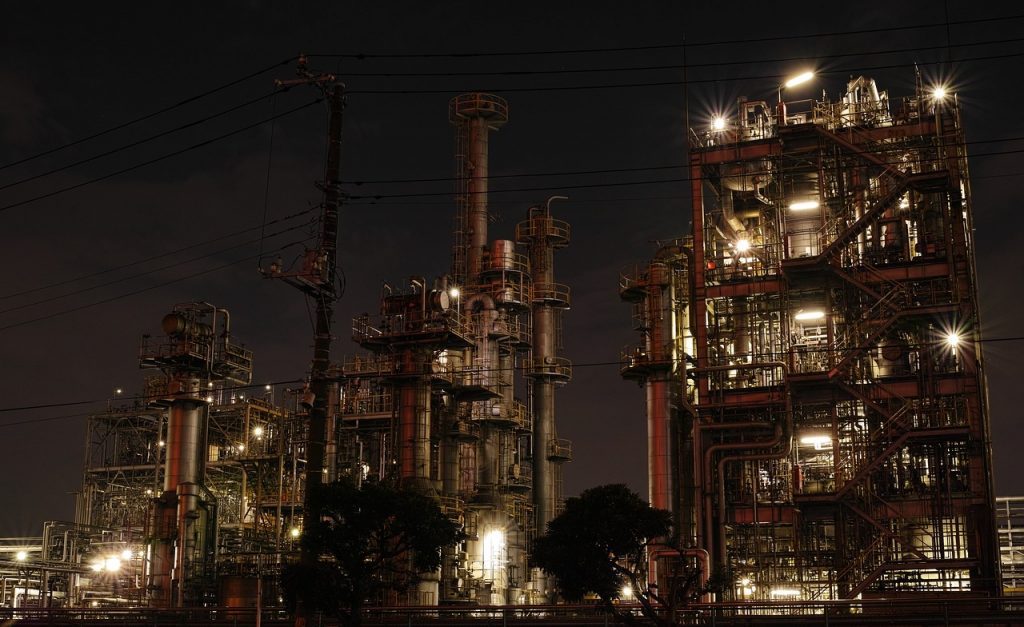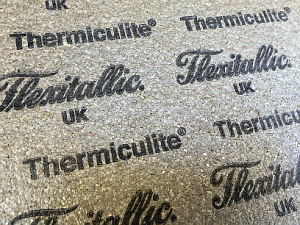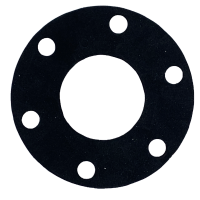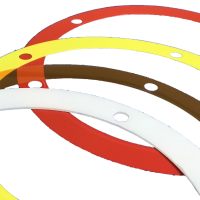How many types of gaskets are used in the oil and gas industry?

A gasket is a compressible component, it is used to make a seal, covering the intersection connecting two surfaces, a gasket might be used as a seal between pipe flanges. Gaskets are needed in several different industries, including water and gas, food processing, and petrochemical.
Gaskets are used to stop leakage between the two surfaces while compressed, because over time the joints may corrode, and without a gasket, the joints may break.
For a gasket to function, it needs to be properly compressed, creating a pressure-tight seal. Gaskets need to be manufactured from the right materials. You need a material that can be easily molded, with the right temperature capabilities.
There are seven main types of gasket that are used in the oil and gas industry. Let’s take a look in a little more detail.
Skip to:
Compressed Non-Asbestos Fibre

Compressed Non-Asbestos Fibre gaskets are suitable for high temperatures. You can use CNAF gaskets for temperatures up to 400° C. These gaskets can withstand a pressure of 140 BAR max. Compressed Non-Asbestos gaskets are appropriate for gases and steam, fuel and oil.
High-Temperature Gaskets

High-temperature gaskets are usually made from mica or graphite. These are useful to create seals at up to 1000°C. High-temperature gaskets are incredibly flexible, and they are also fire resistant, these gaskets are produced with asbestos alternatives (meaning that they are more eco-friendly).
Rubber Gaskets

Rubber gaskets are suitable for sealing applications at a low pressure. These seals are easily compressed, and appropriate for many different gases and liquids. The temperature range depends on the style of the polymer. You can find rubber gaskets with a range of -70° up to + 250° C.
Sponge Gaskets

Sponge Gaskets are suitable for oil and gas at a low pressure. You can find sponge gaskets at a temperature range of approximately -60° to + 200° C. When choosing a sponge gasket you have the option of open-cell or closed-cell foam.
Metallic & Semi-Metallic Gaskets

These gaskets can handle high pressures of 400 BAR, they can also withstand high temperatures of up to 1000° C. Metallic & Semi-Metallic gaskets are also highly resistant to chemicals. There are many different styles available such as Ring Type Joints or Spiral Wound Gaskets.
Plastic

Plastic gaskets are often used as a metal alternative. These gaskets offer great corrosion resistance and durability. Plastic gaskets offer low friction, with good sealing and insulation. You’ll find that these gaskets are made with polyester or polypropylene
PTFE

Polytetrafluoroethylene gaskets are incredibly resistant to chemicals. These gaskets have a wide temperature range from -200° to + 260° C. PTFE gaskets are usually made with rubber or non-asbestos fibre.
It’s important to choose the right type of gasket for your application. If you are unsure which type of gasket to choose, talk to your gasket supplier. Your supplier will be able to provide more info, to help you make an informed choice.
